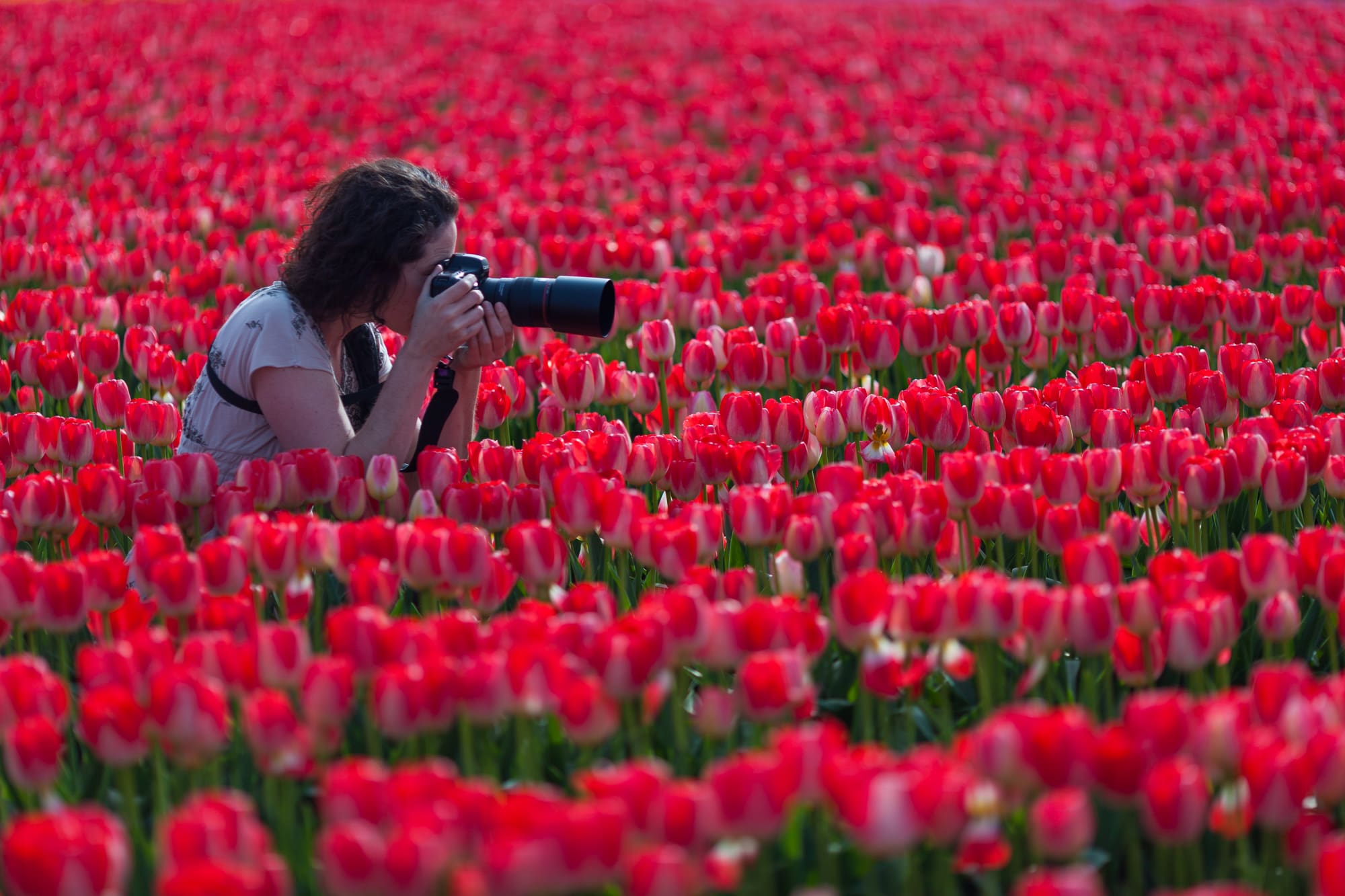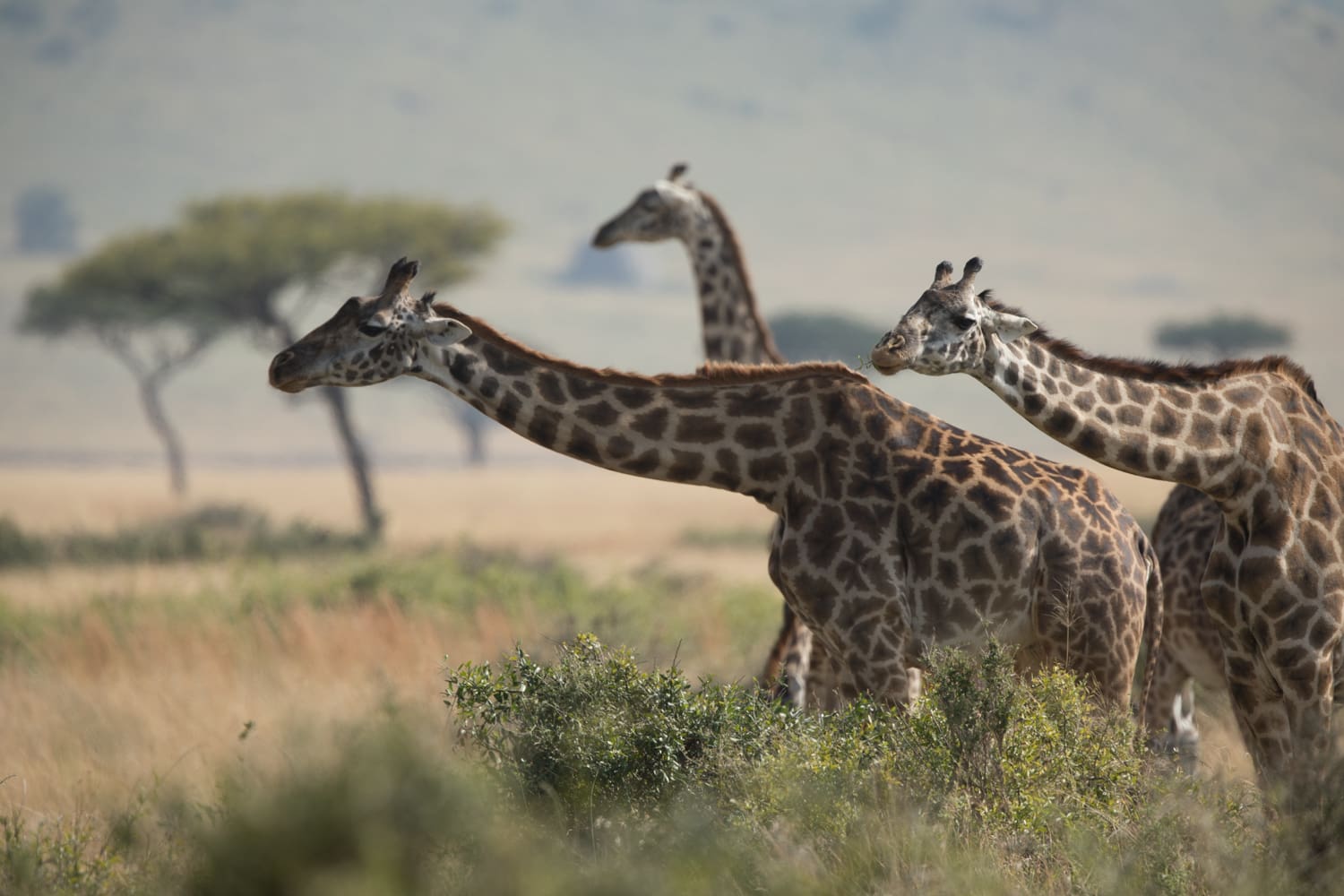We all see the world a little differently, so it stands to reason that when we photograph it, we won’t all do it in the same way. To create a photograph that matches our preferred vision we must choose a tool that is appropriate to the task at hand. Our collection of favorite tools will speak to the type of work we like to create and will further reflect how we see the world. My favorite focal length is 24mm, let me explain why.
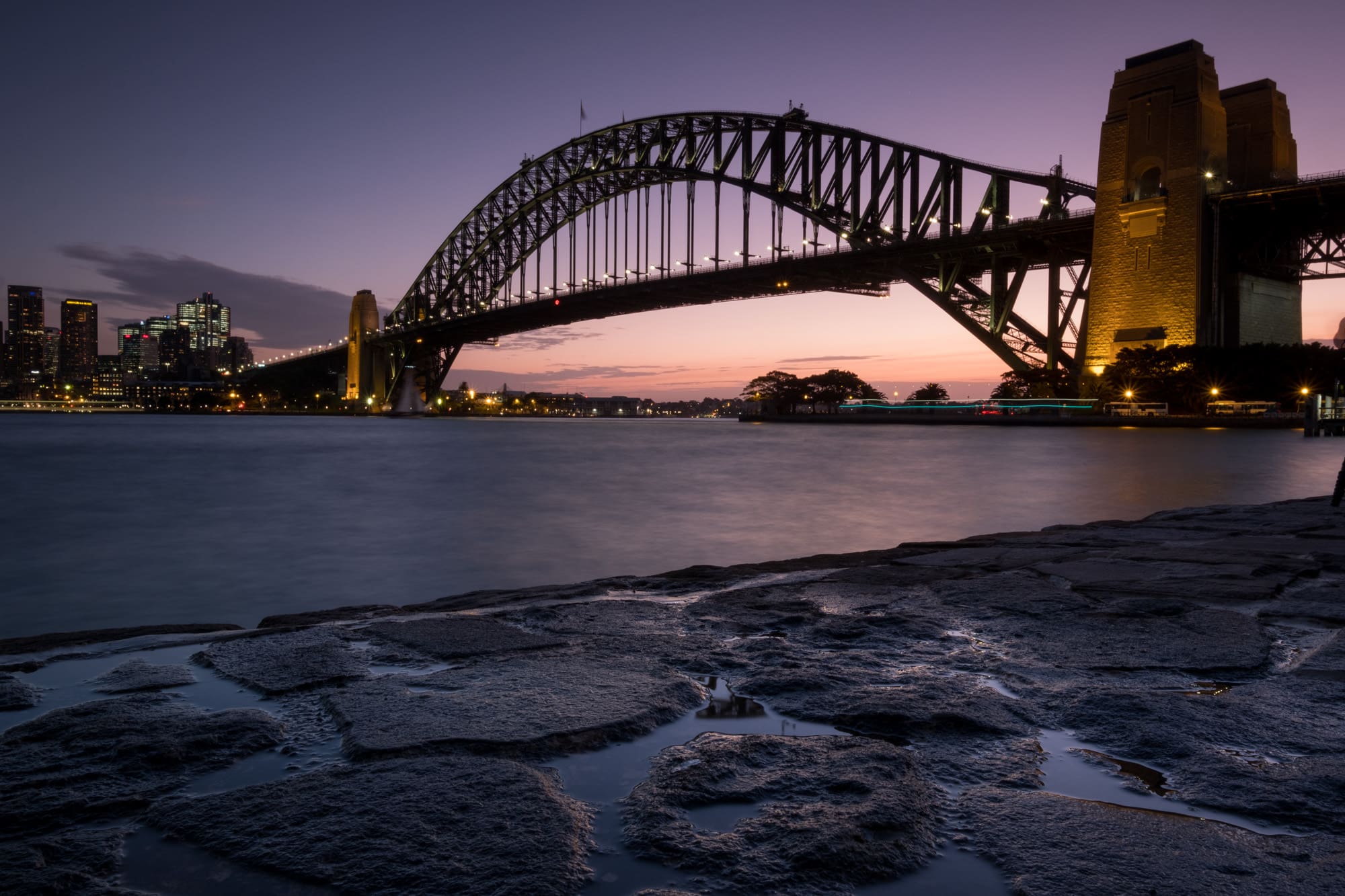
Fujifilm X-T2, XF 10-24mm f/4 R OIS @16mm (24mm equivalent)
Nothing gets me more excited than when I determine that the best tool for the job is the 24mm lens (or full-frame equivalent). For virtually my entire career I’ve shot on a full frame sensor or 35mm film. When I do shoot on smaller, or larger systems I refer to those focal lengths in terms of an equivalent full-frame angle of view. With my Fujifilm 10-24mm lens, I have placed a small tape mark at 16mm so I know where the 24mm equivalent angle of view is located.
The Normal Lens
The world of wide angle lenses can be a bit tricky, so maybe it’s best to start with a “normal” lens and work our way wider. In a strict technical sense the normal or standard lens is a 43.26mm lens. At this focal length the perspective of the lens closely match the perspective of our human vision. (Note: perspective is different from angle of view, it refers to the relationship between foreground and background subjects.) The photographic industry has rounded the 43.26mm up to 50mm for convenience, and given it the title of ‘the normal lens’. The 35mm, a slightly wider lens, is a favorite of many and has been chosen as their ‘go to’ lens or ‘desert island lens’. It makes sense; a slightly wide lens is very versatile for a wide variety of subject matters. The 35mm is possibly the most popular focal length in all of photographic history.
The 28mm is also a popular and highly versatile wide angle, without being too wide. Where you start to see a significant difference from the 35mm is when you move down to my favorite focal length, 24mm. The wider angle starts to stretch the environment and foreground material will become larger in relative size. By the time you make your way down to 20mm, you’ve definitely ventured into ultra-wide territory with lots of items getting stretched from their normal look.
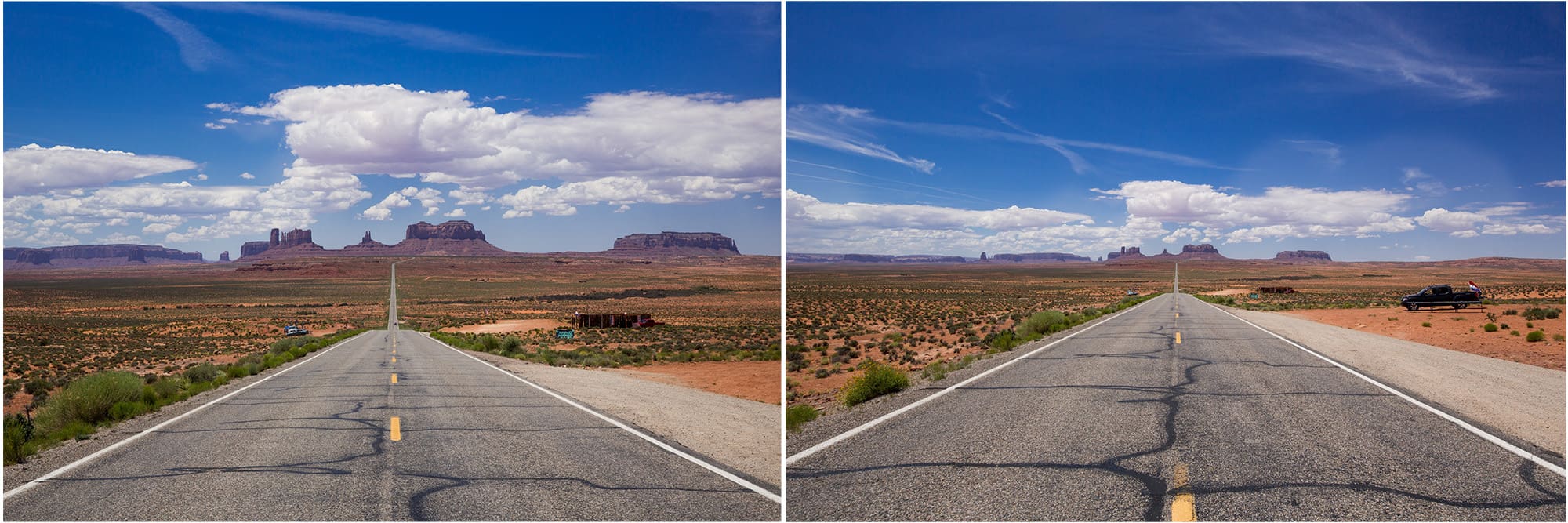
Both images taken from exact same point of view and same full-frame camera.
Left: 50mm focal length ~ Right: 24mm focal length
As you progress to wider and wider lenses you’ll reach a break point where things begin to feel like they are getting out of control, and just a bit too wide. For me, 24mm is the sweet spot where the world looks good to me. I’m not saying that one focal length is better than the other; only that I like the images I get with a 24mm lens more than other focal lengths.
My 24mm debut
My first camera system (Nikon N2000) came packaged with a 35-70mm f/3.5-5.6 and a 70-200 f/4-5.6 lens, and boy, did I struggle with it. It wasn’t long enough, it wasn’t fast enough and it wasn’t wide enough. I struggled at my college newspaper to keep up with the more experienced and better equipped students. I held my own for the most part, even getting the coveted front cover, above the fold, on my first day. But getting accolades once is very different to achieving photographic consistency. As time went on it became clear that I didn’t like battling with my equipment, there were more than enough struggles in photography as it was.
One day while shooting a fundraiser in the college quad I was struggling to capture both the students and the environment they were in. A fellow newspaper colleague, also at the event, loaned me his 24mm lens for a short period of time. After mounting the lens and looking through the viewfinder, it was as if sunbeams broke through the clouds and the choir broke into song. My sudden realization at what I had been missing had me checking my bank account as soon as I got back to my room.
My next step was a big mistake. I figured that since 24mm was so awesome, then 20mm would only be better. I found a good deal on a 20mm lens, then started to learn how to use it. It was vastly different to my 35mm, and at times it was a lot of fun to use. But the 20mm deficiencies became clear to me in time. It was larger, heavier, and slower than the 24mm; and it was difficult to use with people in the shot. I would eventually sell the 20mm to fund the purchase of my very first beloved 24mm.
Bonding with the 24mm
For a number of years a friend and I embarked on some far-flung adventures and the 24mm accompanied me every step of the way. Our first trip was a bicycle circumnavigation of Iceland, a grueling 2,000 miles, where gear weight would be a critical factor. My choice of equipment was the Nikon N2000 with a 70-300mm and a Nikon F3 with a 24mm. That’s right! I went straight from 24mm all the way to 70mm, and for the most part, it worked out great. A few steps forward or backward with one or the other and you could get the shot. I had two very different lenses in order to create very different images.
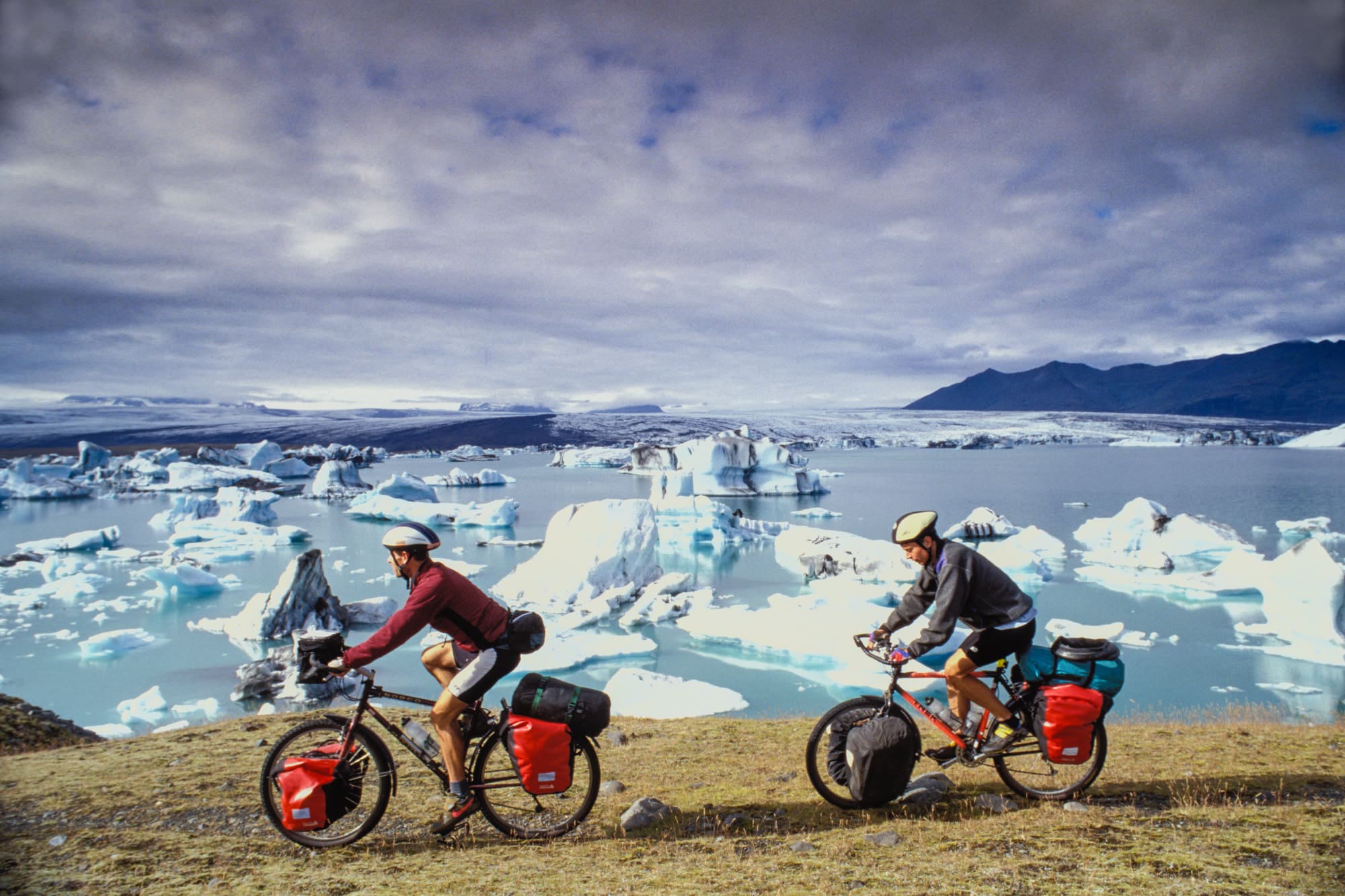
Iceland bicycle trip from 1996. Self-timer shot with Nikon N2000, Nikon 24mm f/2.8D
John Greengo (left) with his adventure buddy, Tim (right)
The 24mm lens was perfect for showcasing a person in their environment. It allowed me to capture at least some of the grandeur of the magnificent places that we went. The small size, light weight and relatively fast aperture on it made it very useful in churches, homes, and markets. The close focusing ability and deep depth-of-field made it great for landscapes. I’m not sure if Iceland can be considered a desert, it is barren of life on much if it, but this is where the 24mm literally became my ‘desert island lens’.
My favorite focal length: best lens options
Over the years I’ve had a lot of lenses that were either a 24mm prime or would zoom to cover that focal length. I’ve never left the country, likely the state, and possible even my home town, without a 24mm (or equivalent) lens with me. With a 24mm lens in the bag, it seems that I rarely need anything wider. I have certainly appreciated having an ultra-wide lens when it was on-hand; they’ve helped me create some great images. For me, the 24mm is a sweet spot in the world of wide-angle. Only in the rarest and most unique of circumstances will it not be enough.
Here’s a list of some of the 24s I’ve used and my thoughts about them.
- 24mm f/2.8: A fantastic small and lightweight, carry-it-everywhere lens
- 24mm f/1.4: The ultimate astro-photography and night lens
- 24mm f/3.5 Tilt-Shift: My all-time favorite lens for landscape photography
- 24-70mm f/4: Great travel lens covering the middle focal range (if you have other lenses covering the more extreme focal lengths also with you)
- 24-70mm f/2.8: World’s best “people at events” lens
- 24-105mm f/4: The ideal sole lens for travel photography
- 16-35mm f/4: Versatile landscape lens, a 24mm lens with a bit of room on either side.
- 11-24mm f/4: A crazy-wide fun lens, but at least it gets back to a “normal” 24mm
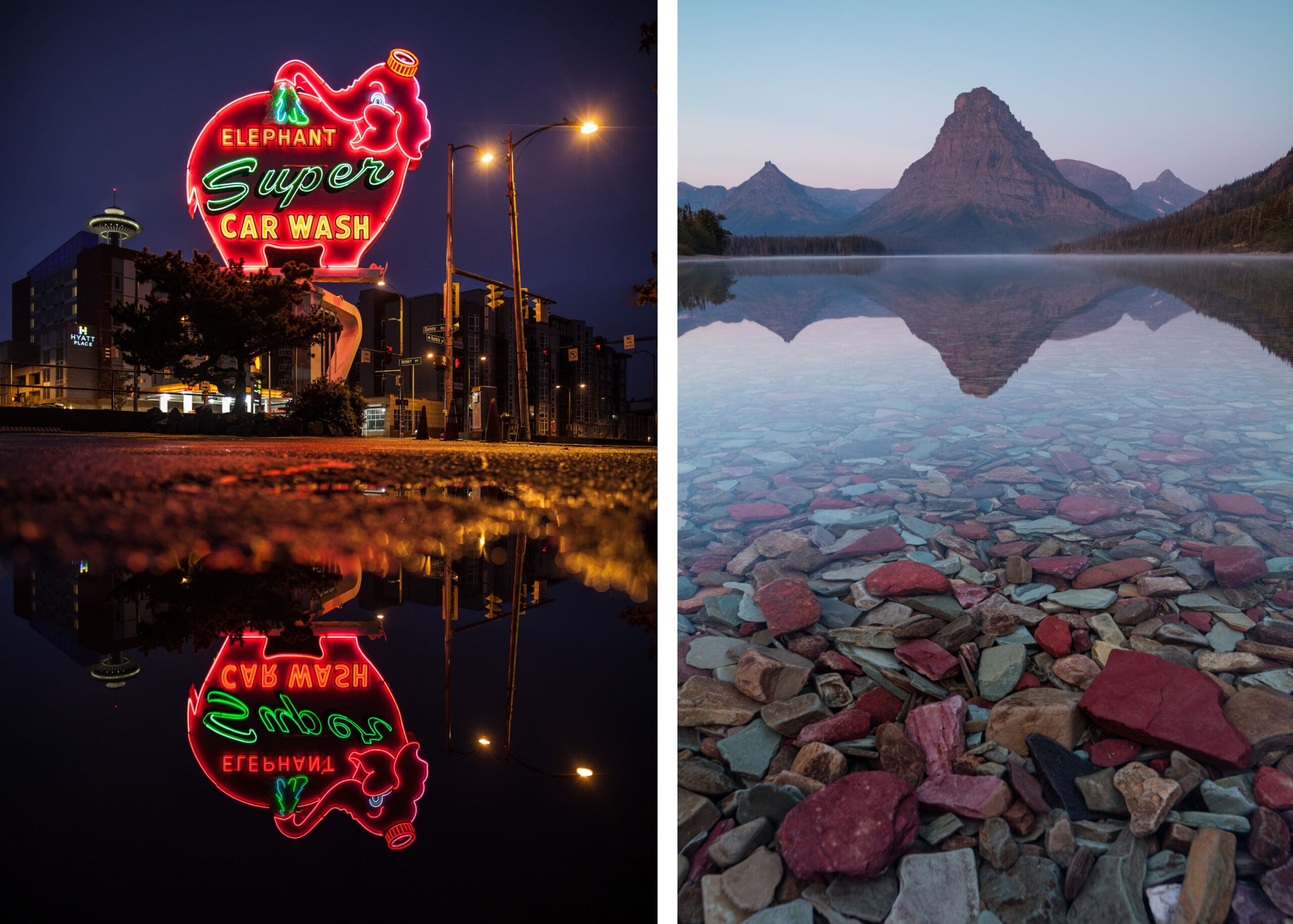
Left: Canon 5D Mark II, EF 24mm f/1.4 L II USM
Right: Canon 5DS R, TS-E 24mm f/3.5 L II
So why is 24mm my favorite focal length? It showcases environments without being deceiving. The 24mm can be used with people in the shot, but be a bit careful about having them too close to the edge. It seems to be the perfect choice for environmental portraits where you want to showcase a person as well as the conditions they are in.
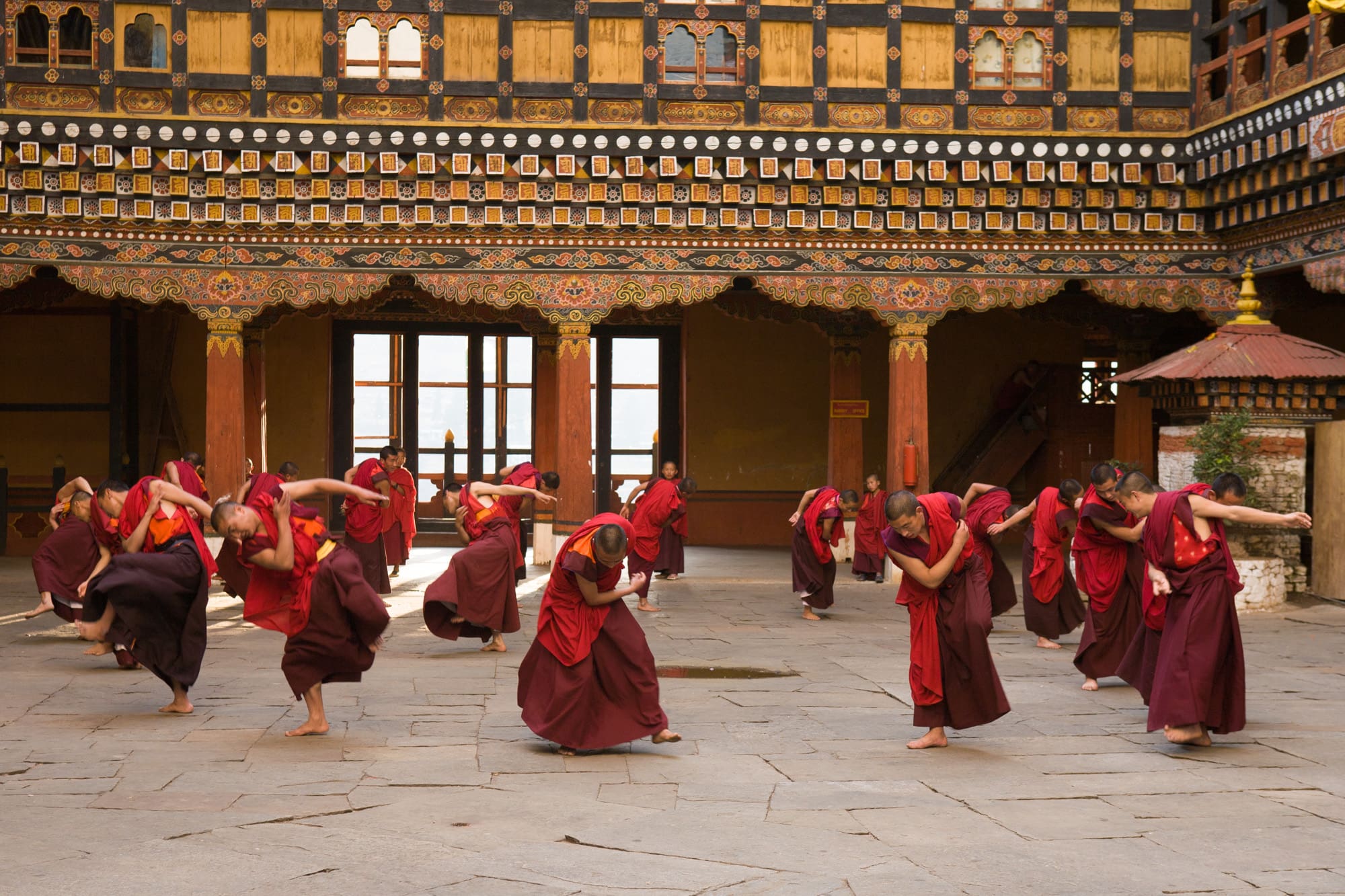
Above: Canon 5D, EF 24-70mm f/2.8 L USM
Below: Canon 5D Mark IV, EF 24-70MM f/4 L USM
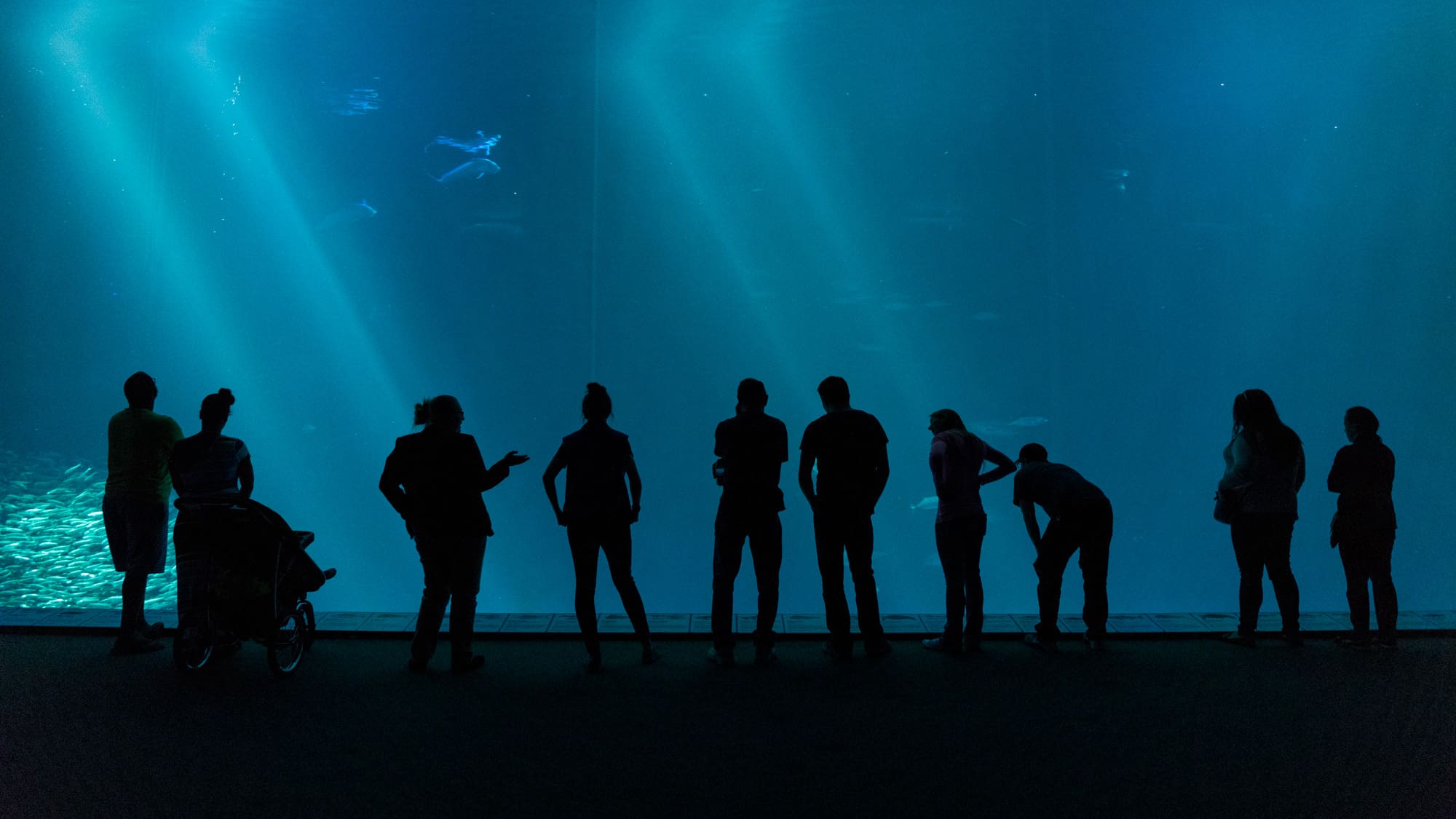
24mm in the 21st century
Currently on the market there are many lens options that cover the 24mm focal length, both in primes and zooms. The primes are usually better in terms of sharpness, distortion and light fall-off, but with a tad bit of post-processing the zooms are fine.
These days though, it’s hard for me to leave the 24mm Tilt-Shift at home; it’s so easy to use, in so many ways. [Side note: I’ve completed 99% of my Tilt Shift class and I hope to make it available in the not too distant future.] For general purpose, the 24-105mm on my Canon EOS R5 or the 24-120mm on my Nikon D780 are good all-rounders. The Sony 24-70mm f/4 is a good quality compact option. The quality at the 24mm end of these zooms is not as good as a prime lens, but for a zoom it’s good enough. On my Fujifilm system I’m liking the versatility of the new 16-80mm f/4 (24-120mm equivalent). And with my Olympus system the 12-40mm f/2.8 (24-80mm equivalent) is the default lens that I mount on it. I have had to make a compromise with my Leica system. The rangefinder window only has frames that go to 28mm so it makes sense to use a 28mm as my wide-angle lens choice here. I’ve survived this slight struggle and in my mind the 28mm is the 24mm’s best friend.
Anyone that knows me knows I can use and enjoy every focal length available. Each lens has a different purpose and tells a different story. I encourage you to use all that you can and enjoy the variety. But if you’re like me, you’ll find that you gravitate to certain focal lengths. This is natural and even good, as it will help clarify which will become your desert island lens.
Become part of John’s inner circle
Sign up for the newsletter here – it’s free.
Want to become a better photographer?
Check out John’s selection of photography and camera classes here.
